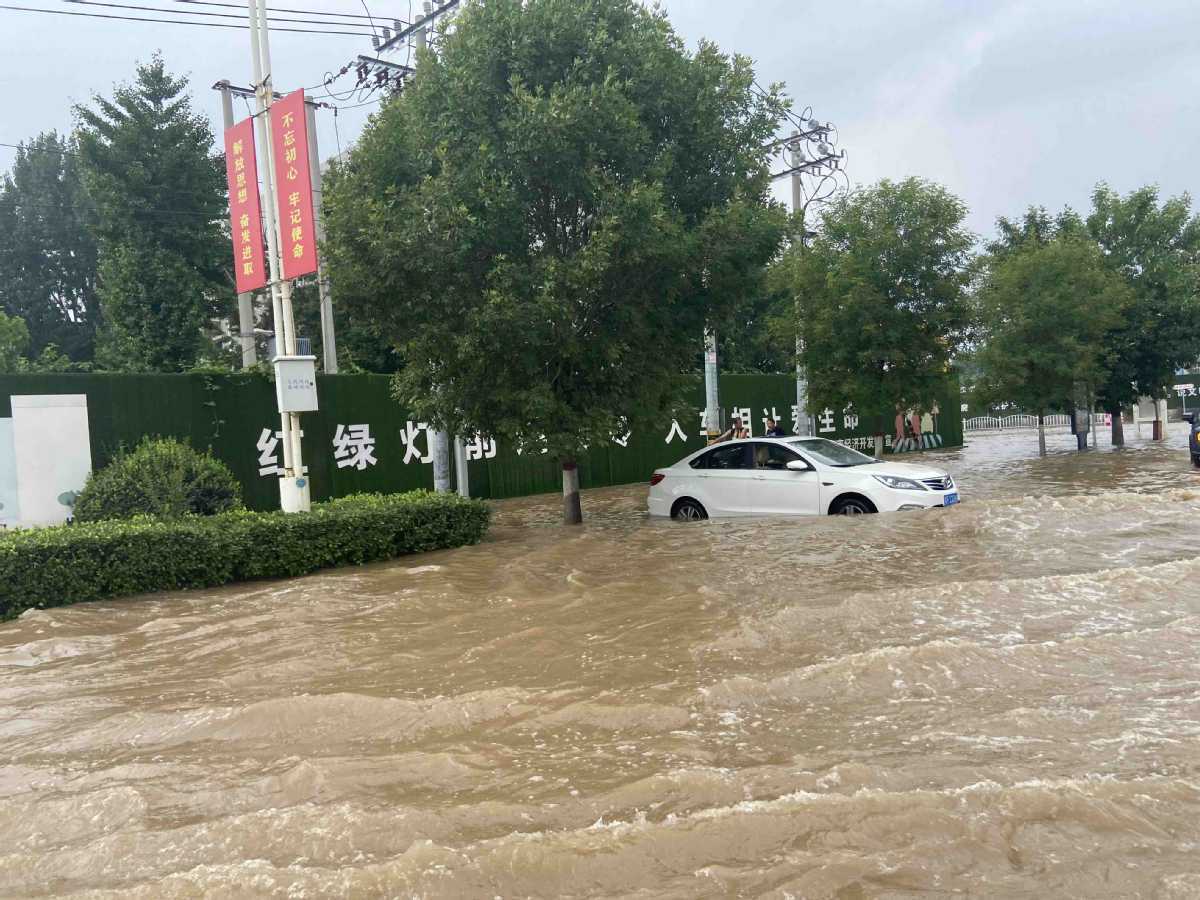Flood detention reservoirs manage flooding in Hebei


As of Wednesday, North China's Hebei province has detained about 1.8 billion cubic meters of floodwater after it put into use seven flood detention areas in the past few days, according to the emergency management department of Hebei province.
To prevent flooding disasters in flood-prone areas, more than 850,000 residents surrounding the detention reservoirs including Xiaoqing River, Langouwa and Dongdian, have been relocated to safe areas, the department said, adding that another 370,000 people have also been evacuated from other regions.
The province had been hit by heavy rainfalls for about 144 hours since Thursday (July 27) and the rain stopped on Wednesday.
During that period, the province's average rainfall reached 146.2 millimeters, amounting to about 27.5 billion cubic meters of water, which is equivalent to more than twice the total storage capacity of large and medium-sized reservoirs in the whole province, chinanews.com reported.
"The flood detention reservoirs that we used turned out to be effective," Li Na, deputy head of the Department of Water Resources of Hebei Province, said in a television interview for China Media Group on Wednesday night.
In particular, two detention reservoirs near Zhuozhou city have played an important role in the Daqing River flood control engineering system.
According to Li, the floodwaters run through a series of reservoirs and rivers, starting from the Baigo River and Nanjuma River and ending in the Bohai Sea via Tianjin's Duliujian River.
"If not for the two areas alleviating floodwaters, the pressure on downstream flood control in Xiong'an and Tianjin would be very heavy," she said, adding that the use of flood detention reservoirs has played a substantial role in supporting and guaranteeing flood control for downstream rivers and other important areas.
Since the rain stopped, the water level in the river bodies has started to drop and thus the amount of water in the flood detention reservoirs will gradually reduce at various paces depending on location and size, she added.
Some villages located above the reservoirs will see the waterline receding within about a week, while some others may need a month, Li said.
- Dance festival featuring ethnic elements kicks off
- Nation's AI products expand onto global stage
- Meet the men who give nation's aircraft carriers a cutting edge
- China unveils regulations on housing rental sector
- Transportation sector experiences rapid development
- China launches first national standard on school meal services





































